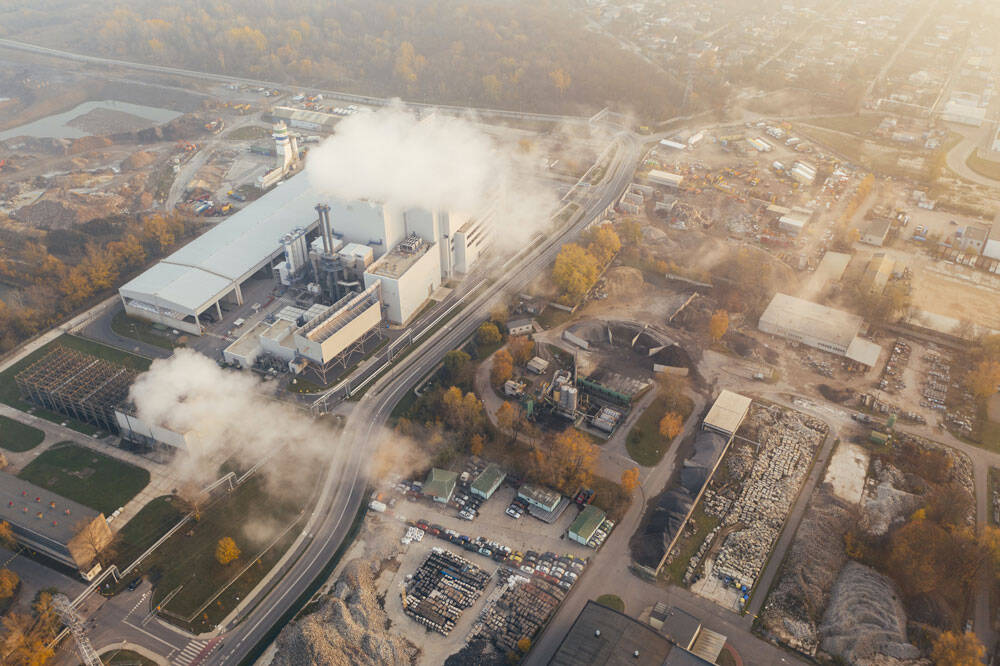Sources: 1 Nature | 2Dwivedi et al., 2017 | 3 Johns Hopkins University | 4 Science of the Total Environment | 5 Carlsson-Kanyama, A. (1998) | 6 Oxford Review of Economic Policy

It’s a time for change
As the world is hurting from the COVID-19 pandemic it’s important to remember that disruptions can create a window of opportunity for transition and transformation that enables us to make radical social changes.
With governments around the world urgently investigating fiscal stimulus measures to get virus-hit countries back on their feet, research6 indicates that climate-friendly policies could deliver a better result for both economies and the environment. Examples include investments in ecosystem resilience and regeneration, including restoration of carbon-rich habitats and climate-friendly agriculture.
Globally, governments and industries are aware of the vulnerabilities and faults in our food system. Now is a time for them to implement real change and nudge people in the direction of better choices.
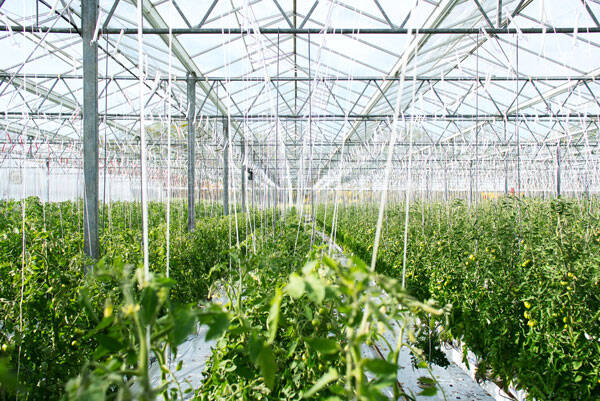

A sustainable food system is not that simple
Professor Dr. Harry Aiking, who has been researching food sustainability for over 25 years, emphasizes the transition from an animal protein based diet to a plant based one is necessary to move to a sustainable food system. The past couple of years some governments and industries have been promoting the replacement of meat with vegetables or soy based meat substitutes.
As the popularity of meat-replacing meals seems to be growing, it’s important to stay aware that some of their ingredients - like avocado or soy burgers - also have an impact on the environment. Air-freighted foods can create more greenhouse gas emissions per kilogram than poultry meat.
But the problem doesn’t just lie just in travel distance. The impact of vegetables, fruits and other plant based products depends on various factors.4 For example: locally grown vegetables in heated greenhouses may have a higher environmental impact than imported produce, or vice versa.5
According to Aiking it’s very difficult to come to a complete consensus about sustainability. “If you ask a hundred people; what is sustainable? You’ll get ninety different opinions.”
Aiking presses that the transition to a more sustainable food system can’t only be based on replacing animal protein for plant based products but should also include consuming less protein. Aiking: “For a start, I think governments should stop supermarkets from being able to sell barbeque meat bulk packaging for dump prices.”
The problem of obesity
An even bigger part of the triple burden of malnutrition is obesity. Urbanization caused by globalization and population growth has increased access to ultraprocessed and junk foods and also reduced access to playgrounds and safe exercise spaces. As urbanization favors the shift towards more processed and convenience foods, nutrient deficiencies increase despite excessive calorie consumption.
In 2018, 40 million children under five were overweight. 70 percent of global overweight people live in low- or mid-income countries. The health crisis caused by COVID-19 has laid bare the dangers of obesity even more. First reports3 indicate that patients with diseases often caused by obesity, like high blood pressure, cholesterol, heart disease, and diabetes, are much more severely affected by the virus than others and have lower chances of survival.

Our current intensive livestock farming puts our environment, health and well-being in jeopardy

The food system's effect on society
Malnutrition is the largest contributor to disease in the world. Over four billion people are either micronutrient deficient or overweight. Obesity, micronutrient deficiencies, and undernourishment together form the triple burden of malnutrition.
Although hunger and famine primarily roam in developing countries, food insecurity in developed countries should not be underestimated. Food affordability is a critical issue that is likely to rise in prominence, because of declining resources.
When we look closely at our global food system it seems incomprehensible that - while an estimated 800 million people in the word suffer from hunger - almost one third of all food is wasted.

The food system’s impact on environment
The food chain is a large contributor to environmental pollution. Especially intensive livestock farming is a primary culprit. A striking one-third of all agricultural production is destined for livestock feed. Currently, 95 percent of all calories consumed come from just thirty species. And just three of those, corn, rice and wheat, supply about half of the global calorie demand2. Understandably a lot of deforestation has taken place to meet the global demands for food production, which threatens the earth’s capacity to sequester carbon dioxide from the air and leads to a loss of biodiversity.

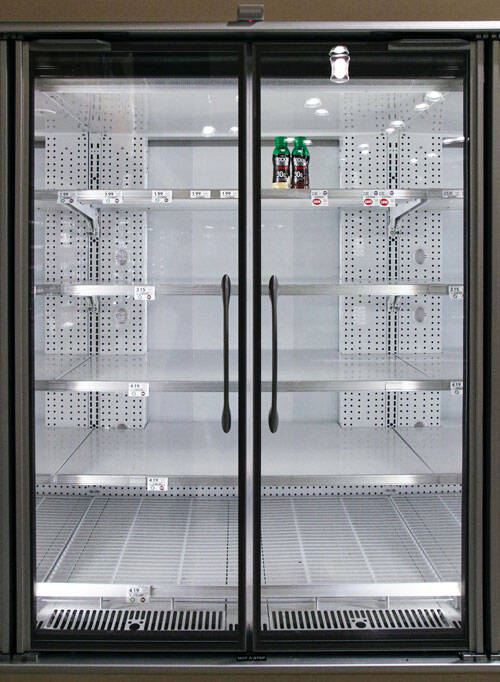
The current COVID-19 pandemic has shown us what kind of influence natural disruptions have on our globalized economy and food system. Over the past months, Indian farmers have been forced to feed their cows strawberries due to transport being interrupted, Peruvian producers had to dump tons of white cocoa into landfill because of the plummeting demand from restaurants and hotels, and farmers from the US had to pour milk down the drain for the same reason.1 Further risks could also be generated by trade restrictions, which disproportionately affect importing countries, leading to empty shelves. If not adequately dealt with, the health crisis created by COVID-19 may become a significant food security crisis worldwide.
It's important to open our eyes to vulnerabilities in our food system, as the world’s projected population growth will continue to put pressure on our food system and resources. Our current intensive livestock farming puts our environment, health and well-being in jeopardy.
When we look closely at our global food system it seems incomprehensible that - while an estimated 800 million people in the word suffer from hunger - almost one third of all food is wasted
Lisa Appels Xiao Er Kong
For several decades scientists have made it clear that our food system increasingly leads to environmental pollution and resource depletion. Up until a couple of months ago the public support for action towards a better food system was at a peak and climate-smart agriculture was gaining momentum. Due to COVID-19 the attention for improvement of our food system has faded, but that doesn’t make the issue less urgent.
RENEWED AWARENESS OF THE IMPACT OF THE FOOD CHAIN ON ENVIRONMENT AND SOCIETY
A more sustainable food system after COVID-19
TRENDWATCH
5 min
A MORE SUSTAINABLE FOOD SYSTEM AFTER COVID-19
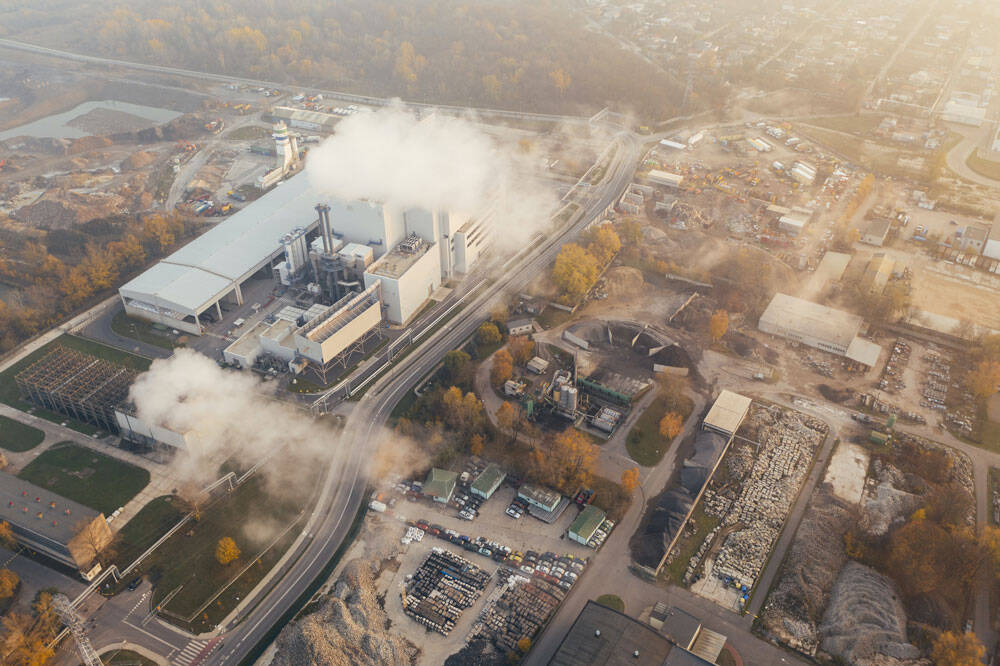
Sources: 1 Nature | 2Dwivedi et al., 2017 | 3 Johns Hopkins University | 4 Science of the Total Environment | 5 Carlsson-Kanyama, A. (1998) | 6 Oxford Review of Economic Policy

It’s a time for change
As the world is hurting from the COVID-19 pandemic it’s important to remember that disruptions can create a window of opportunity for transition and transformation that enables us to make radical social changes.
With governments around the world urgently investigating fiscal stimulus measures to get virus-hit countries back on their feet, research6 indicates that climate-friendly policies could deliver a better result for both economies and the environment. Examples include investments in ecosystem resilience and regeneration, including restoration of carbon-rich habitats and climate-friendly agriculture.
Globally, governments and industries are aware of the vulnerabilities and faults in our food system. Now is a time for them to implement real change and nudge people in the direction of better choices.

A sustainable food system is not that simple
Professor Dr. Harry Aiking, who has been researching food sustainability for over 25 years, emphasizes the transition from an animal protein based diet to a plant based one is necessary to move to a sustainable food system. The past couple of years some governments and industries have been promoting the replacement of meat with vegetables or soy based meat substitutes.
As the popularity of meat-replacing meals seems to be growing, it’s important to stay aware that some of their ingredients - like avocado or soy burgers - also have an impact on the environment. Air-freighted foods can create more greenhouse gas emissions per kilogram than poultry meat.
But the problem doesn’t just lie just in travel distance. The impact of vegetables, fruits and other plant based products depends on various factors.4 For example: locally grown vegetables in heated greenhouses may have a higher environmental impact than imported produce, or vice versa.5
According to Aiking it’s very difficult to come to a complete consensus about sustainability. “If you ask a hundred people; what is sustainable? You’ll get ninety different opinions.”
Aiking presses that the transition to a more sustainable food system can’t only be based on replacing animal protein for plant based products but should also include consuming less protein. Aiking: “For a start, I think governments should stop supermarkets from being able to sell barbeque meat bulk packaging for dump prices.”

The problem of obesity
An even bigger part of the triple burden of malnutrition is obesity. Urbanization caused by globalization and population growth has increased access to ultraprocessed and junk foods and also reduced access to playgrounds and safe exercise spaces. As urbanization favors the shift towards more processed and convenience foods, nutrient deficiencies increase despite excessive calorie consumption.
In 2018, 40 million children under five were overweight. 70 percent of global overweight people live in low- or mid-income countries. The health crisis caused by COVID-19 has laid bare the dangers of obesity even more. First reports3 indicate that patients with diseases often caused by obesity, like high blood pressure, cholesterol, heart disease, and diabetes, are much more severely affected by the virus than others and have lower chances of survival.
Our current intensive livestock farming puts our environment, health and well-being in jeopardy
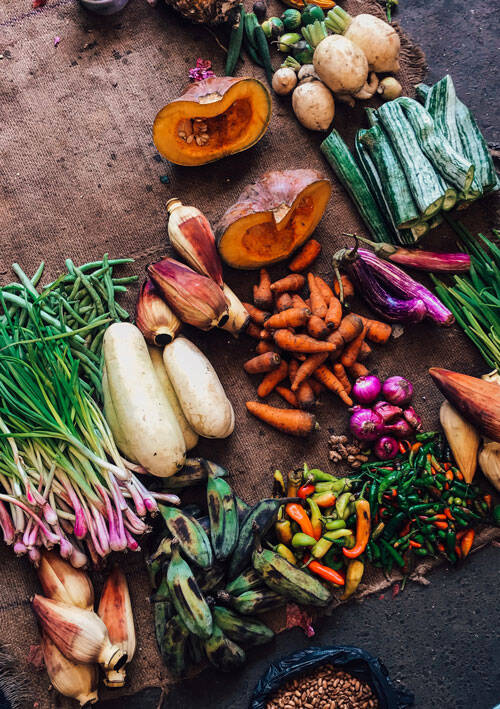
The food system's effect on society
Malnutrition is the largest contributor to disease in the world. Over four billion people are either micronutrient deficient or overweight. Obesity, micronutrient deficiencies, and undernourishment together form the triple burden of malnutrition.
Although hunger and famine primarily roam in developing countries, food insecurity in developed countries should not be underestimated. Food affordability is a critical issue that is likely to rise in prominence, because of declining resources.
When we look closely at our global food system it seems incomprehensible that - while an estimated 800 million people in the word suffer from hunger - almost one third of all food is wasted.

The food system’s impact on environment
The food chain is a large contributor to environmental pollution. Especially intensive livestock farming is a primary culprit. A striking one-third of all agricultural production is destined for livestock feed. Currently, 95 percent of all calories consumed come from just thirty species. And just three of those, corn, rice and wheat, supply about half of the global calorie demand2. Understandably a lot of deforestation has taken place to meet the global demands for food production, which threatens the earth’s capacity to sequester carbon dioxide from the air and leads to a loss of biodiversity.


The current COVID-19 pandemic has shown us what kind of influence natural disruptions have on our globalized economy and food system. Over the past months, Indian farmers have been forced to feed their cows strawberries due to transport being interrupted, Peruvian producers had to dump tons of white cocoa into landfill because of the plummeting demand from restaurants and hotels, and farmers from the US had to pour milk down the drain for the same reason.1 Further risks could also be generated by trade restrictions, which disproportionately affect importing countries, leading to empty shelves. If not adequately dealt with, the health crisis created by COVID-19 may become a significant food security crisis worldwide.
It's important to open our eyes to vulnerabilities in our food system, as the world’s projected population growth will continue to put pressure on our food system and resources. Our current intensive livestock farming puts our environment, health and well-being in jeopardy.
When we look closely at our global food system it seems incomprehensible that - while an estimated 800 million people in the word suffer from hunger - almost one third of all food is wasted
Lisa Appels Xiao Er Kong
For several decades scientists have made it clear that our food system increasingly leads to environmental pollution and resource depletion. Up until a couple of months ago the public support for action towards a better food system was at a peak and climate-smart agriculture was gaining momentum. Due to COVID-19 the attention for improvement of our food system has faded, but that doesn’t make the issue less urgent.
RENEWED AWARENESS OF THE IMPACT OF THE FOOD CHAIN ON ENVIRONMENT AND SOCIETY
A more sustainable food system after COVID-19
5 min
